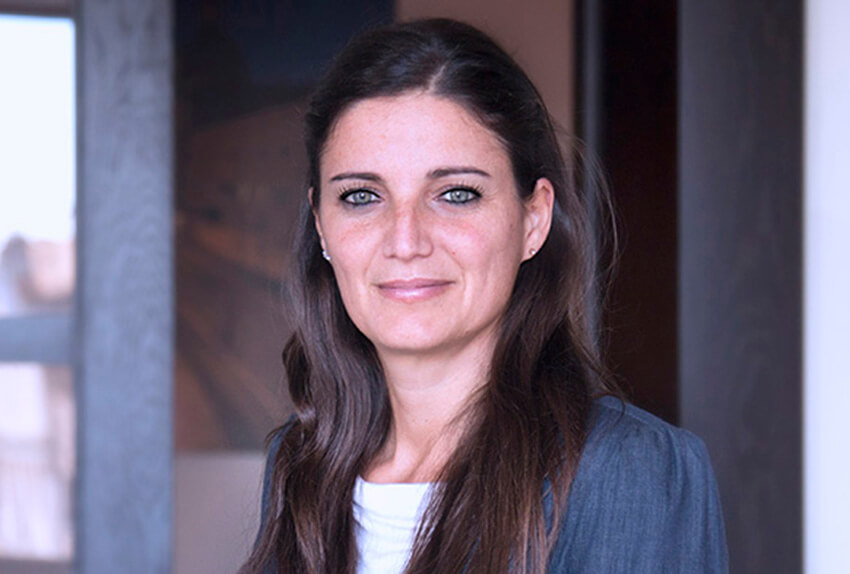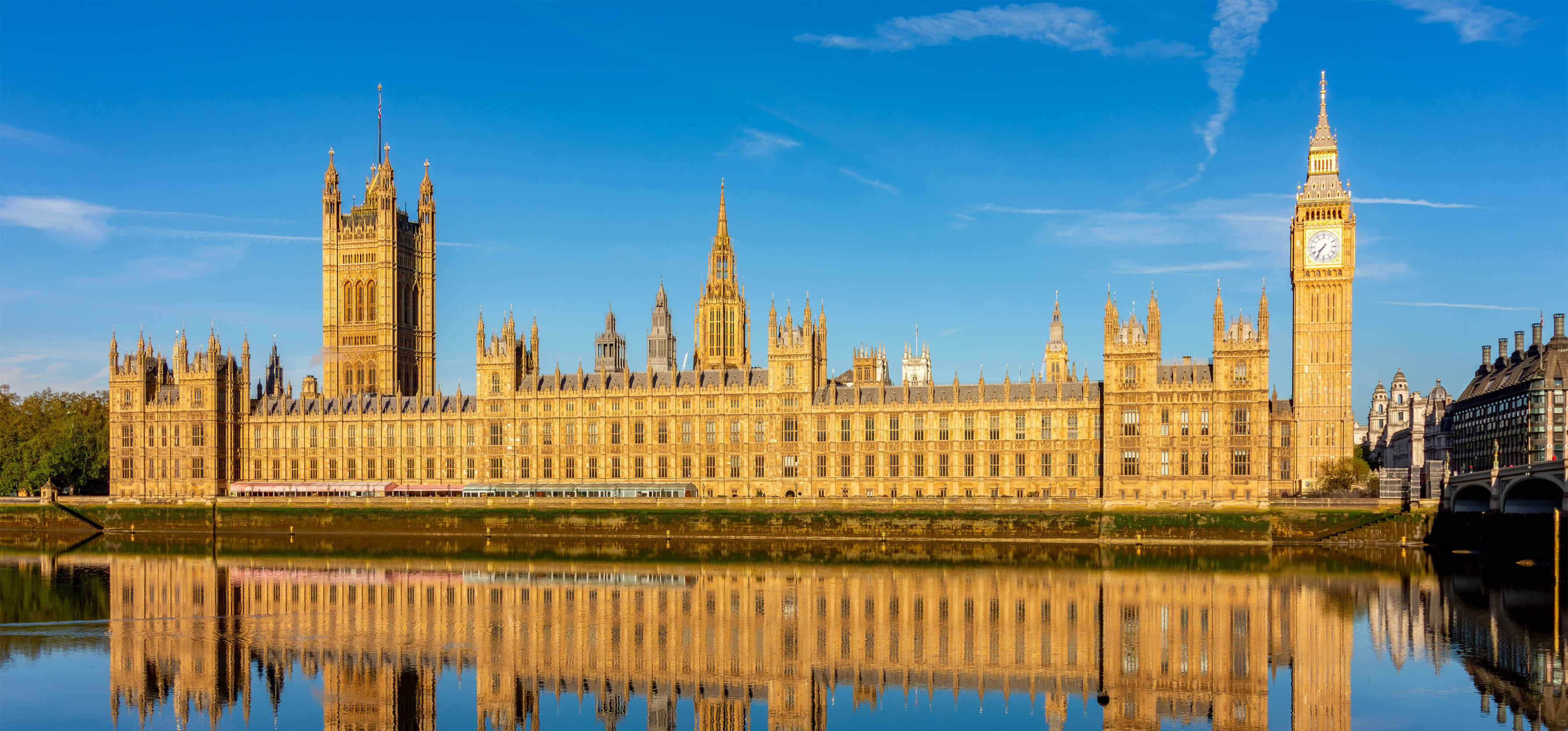Partner Rome
"The Decree sets out requirements for the construction of charging points and stations for electric vehicles, introducing a strong package of provisions to encourage the development of the infrastructure network."
The Simplification Decree aims to simplify administrative procedures, eliminate and speed up bureaucratic processes, digitalise public administration and support the green economy and general business activity. It also sets out requirements for the construction of charging points and stations for electric vehicles, introducing a strong package of provisions (art. 57 of Simplification Decree) to encourage the development of the infrastructure network and simplify the related authorisation procedures now governed by the Highway Code (i.e. Legislative Decree no. 285/1992 – Codice della Strada) and previously subject to the SCIA (certified declaration of start of works – Segnalazione Certificata Inizio Attività pursuant to DPR 380/2001) regime.
It should be noted that the effective implementation of the provisions of art. 57 of the Simplification Decree remains subject to a series of implementing acts to be issued by individual municipalities and ARERA (the Italian Regulatory Authority for Energy and Environment), as well as the adoption of regulations containing the necessary supplementary and amending provisions of the Regulations for the implementation and enforcement of the Highway Code (i.e. DPR 495/1992).
The key points of the provision at issue are as follows:
- By means of their own measures, municipalities are called upon to regulate, within six months from the date of entry into force of the Simplification Decree, the installation and management of public access charging infrastructures, establishing the location and quantification of the latter (in line with their own planning regulations). This is in order to guarantee an adequate number of stalls to serve the demand and the objectives of progressive renewal of the circulating vehicle fleet, providing, where possible, for the installation of at least one charging point per 1,000 inhabitants;
- Municipalities may provide for the reduction of or exemption from the fee for occupying public land and the tax for occupying public spaces and areas for charging points, if the latter supply energy from certified renewable energy sources. It also specifies that the public land charge should be calculated on the space occupied by the charging infrastructure without taking into account car parking spaces that will remain available to the public;
- The authorisation procedures provided for by 95 of Legislative Decree no. 253/2003 (relating to electromagnetic interference and different types of cables) will be replaced by a specific declaration;
- No later than 180 days after the Simplification Decree enters into force, ARERA must agree tariffs for the supply of electricity for the charging of vehicles in order to encourage the use of e-mobility and ensure that the cost of electricity does not exceed that provided for domestic residential customers;
- No later than 90 days after the Simplification Decree enters into force, regulations must be issued to supplement and amend the regulations for the implementation and enforcement of the Highway Code (i.e. DPR 495/1992), in accordance with the provisions of art. 57 of the Simplification Decree; and
- The repeal of (i) article 23, paragraphs 2-bis and 2-ter of Legislative Decree no. 5/2012, i.e. the provisions that provided that the construction of electric vehicle charging infrastructure was subject to the authorisation regime of the SCIA, and (ii) the Ministerial Decree (Ministry of Infrastructure and Transport) of 3 August 2017 which identified the declarations, certifications, affidavits, as well as the technical documents to be submitted in support of the SCIA for the construction of electric vehicle charging infrastructure.
"The procedural simplifications introduced in relation to the construction of charging stations are in line with the provisions issued to encourage the purchase of electric vehicles."
These new provisions in the Simplification Decree on charging points and stations for electric vehicles are certainly welcome. However, in order to fully assess their effectiveness and potential, it will be necessary to await both the outcome of the conversion into law procedure and – above all – the issuing of implementing decrees and regulations provided for by art. 57 of the Simplification Decree.
Finally, it should be noted that the procedural simplifications introduced in relation to the construction of charging stations are in line with the provisions issued to encourage the purchase of electric vehicles (so-called ecobonus), as well as the installation of electric vehicle charging stations (articles 44 and 119 of the “Relaunch Decree” – i.e. Law Decree No. 34 of 19 May 2020, converted into Law no. 77 of 17 July 2020) and, in general, with the increasing emphasis that is given to the development of electric mobility as a response to environmental issues and climate change.
To read more on the future of e-charging infrastructure in Italy, click here.
You can also read our entire series on this topic, covering several other jurisdictions in in Europe, including France, Germany, Greece, Spain and the UK, here.



